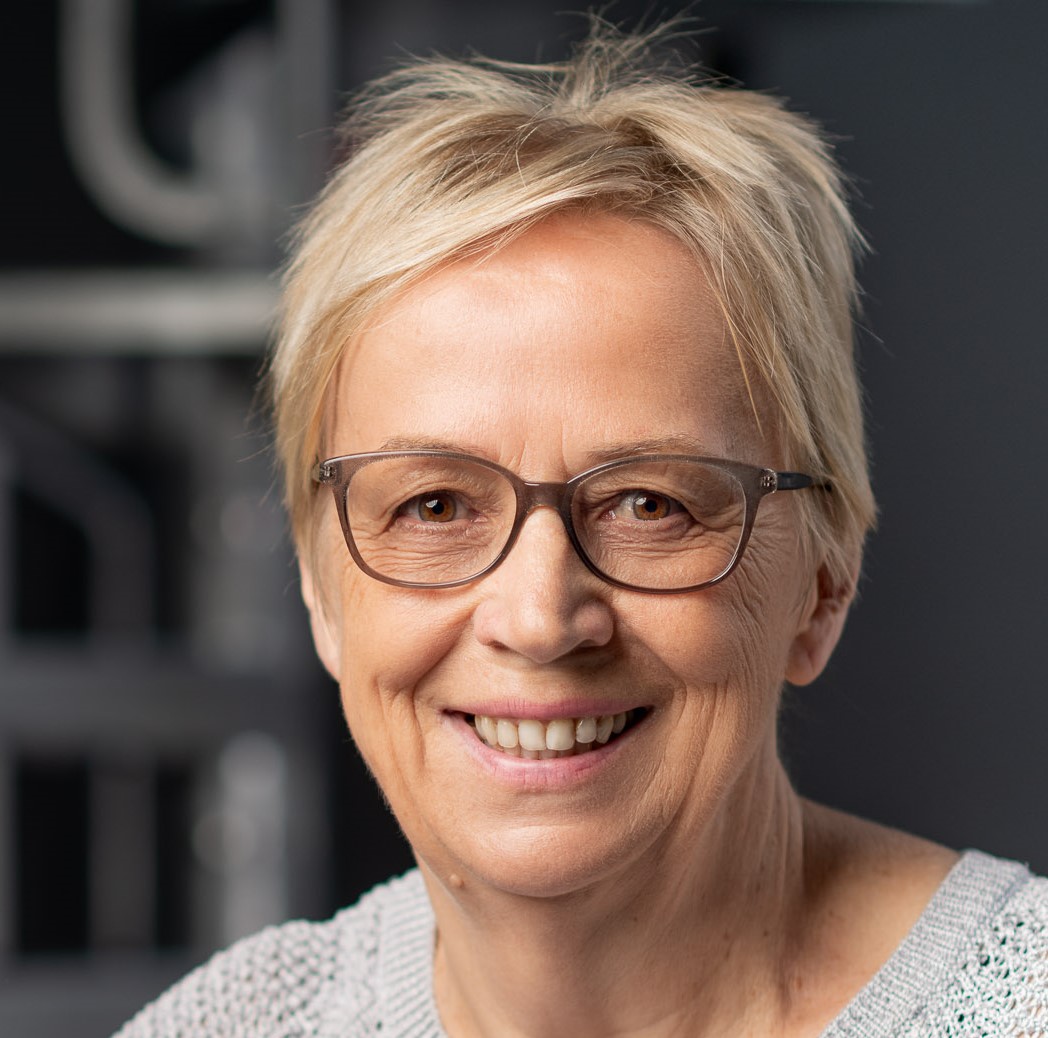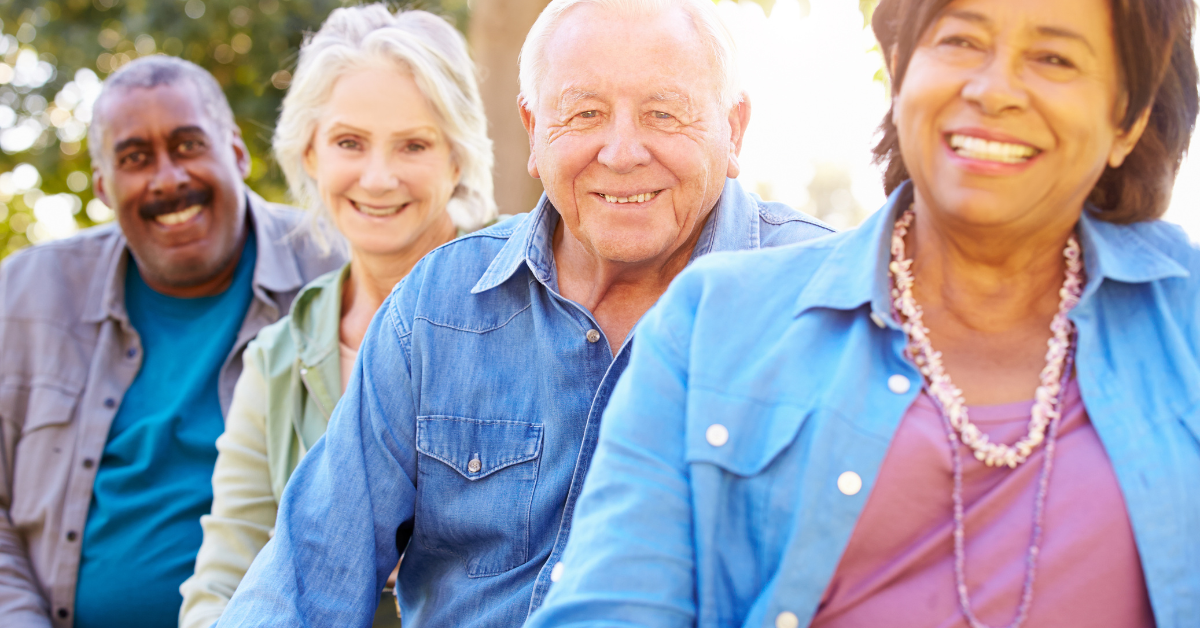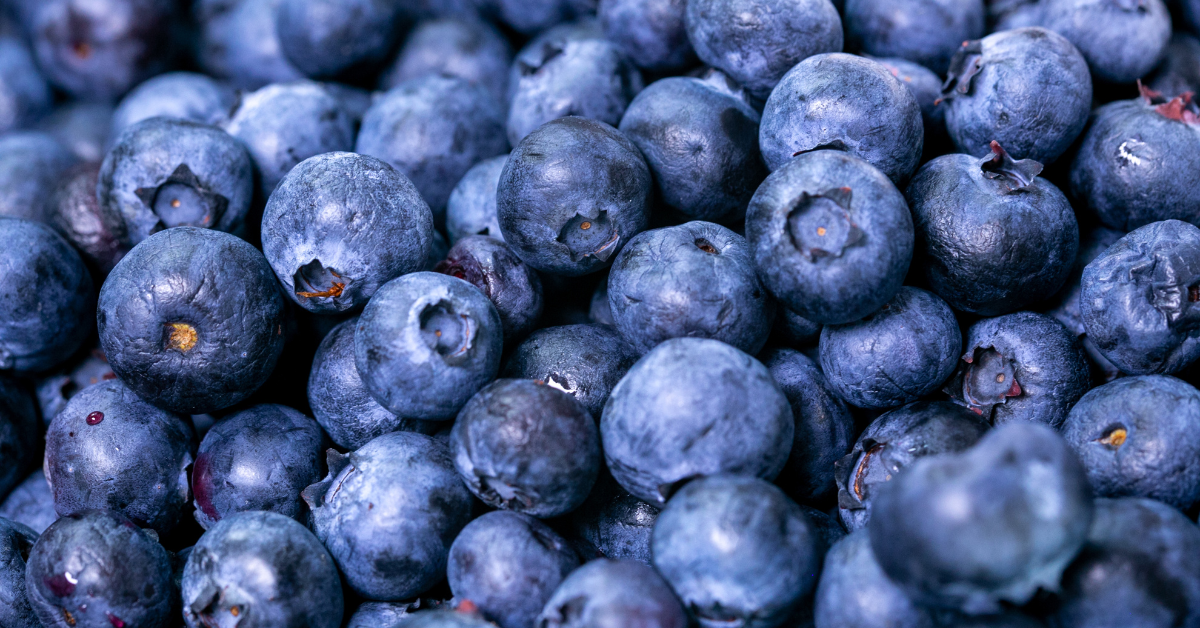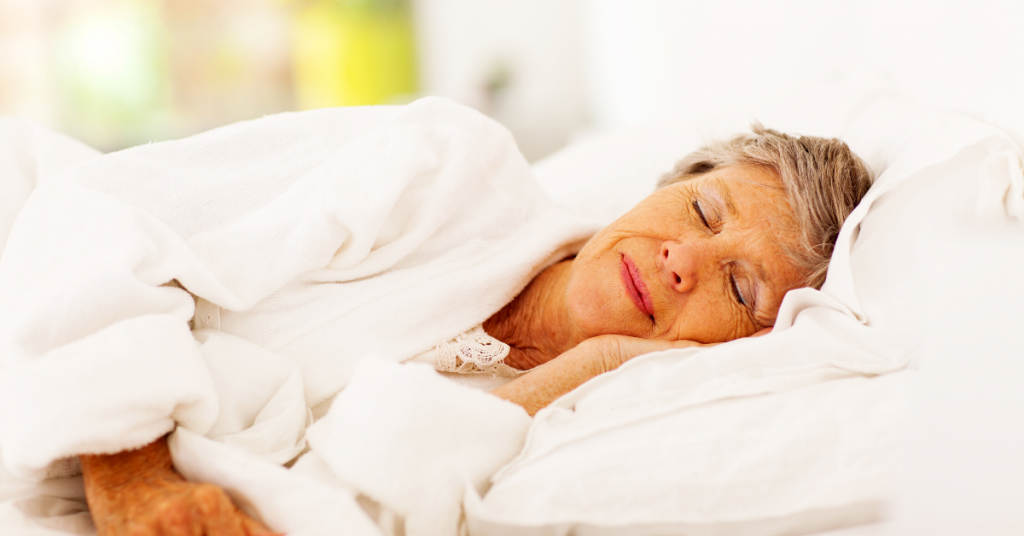The NHS describes osteoporosis like this:
“Osteoporosis is a health condition that weakens bones, making them fragile and more likely to break. It develops slowly over several years and is often only diagnosed when a fall or sudden impact causes a bone to break.”
Osteoporosis can be very painful causing chronic pain and also major injury with a hip fracture following a minor fall or stumble. Hip fractures can be difficult to heal. They reduce your ability to move around. This can lead to complications and other health problems. Public Health England says that around 20% of hip fracture patients entered long-term care in the first year after fracture. This is a truly terrible statistic representing much pain and stress and unhappiness.
Is osteoporosis avoidable?
Is osteoporosis inevitable as you get older? People are more likely to suffer osteoporosis as they get older. But is it inevitable? Should we just accept that our fate as we age is crumbling bones and frailty? Should we resign ourselves to the possible fate of ending in an old people’s home or nursing facility after a nasty fall?
The US National Osteoporosis Foundation doesn’t believe it is:
“Osteoporosis and the broken bones it can cause are not part of normal aging. There is a lot you can do to protect your bones throughout your life. You’re never too young or too old to improve the health of your bones.”
Here are some actions you can take to avoid developing problems with osteoporosis as you age. And the good news is that most of these actions have much wider benefits than just preventing osteoporosis.
Get enough calcium and vitamin D and eat a well-balanced diet.
Many people advocate dairy as the best source of calcium. Some talk as though it is the only source of calcium. They argue that we need dairy. This, of course, isn’t true. There are many people in the world who choose not to consume dairy products. This can be because their bodies do not produce the right enzymes to digest it. It can also be because they do not like the taste or associate the dairy industry with cruelty. The vast majority of these people do not have poor bone health.
Dr Michael Greger reflects on dairy and calcium in this way
“The #1 source of calcium in the American diet is dairy products. The #1 source of artery-clogging saturated fat is also dairy products; one of the top allergens in the U.S. food supply as well. So while cow’s milk represents a substantial source of calcium, it comes with a lot of baggage. … The calcium in dark green leafy vegetables like kale, broccoli, and bok choy is absorbed about twice as well as the calcium in milk—and there’s a bonus: fiber, folate, iron, antioxidants, and the bone-health superstar vitamin K. You won’t find any of those in milk. What you do get as a bonus to the calcium in milk is saturated butterfat, cholesterol, lactose, and antibiotics, pesticides, pus, and manure.”
Vitamin D is produced by the action of sunlight on the skin. It’s important to moderate your exposure to sunshine, because of its link to skin cancer, but it’s also important to get some so that your body can produce the vitamin D it needs. If you are unable to go outside very much or live somewhere where you don’t get enough sunshine, consider taking a vitamin D supplement.
Eat foods that are good for bone health, such as fruits and vegetables.
Interestingly, the US National Osteoporosis Foundation makes this recommendation. People don’t usually think about the importance of fruit and vegetables for bone health, but the research is there. Dr Michael Greger says:
“Bone health isn’t just about calcium; there are several key nutrients in vegetables, fruits, and beans associated with better bone mineral density. But, does that translate into lower hip fracture risk? The Singapore Chinese Health Study found that a diet rich in plant-based foods, namely vegetables, fruits, and beans, such as soy, may indeed reduce the risk of hip fracture.
Research from Edith Cowan University (Australia) and the University of Western Australia studied women’s vitamin K1 consumption. The study looked at the relationship between fracture-related hospitalisations and vitamin K1 intake in almost 1400 older Australian women over a 14.5-year period from the Perth Longitudinal Study of Aging Women.
It found that women who ate more than 100 micrograms of vitamin K1 consumption — equivalent to about 125g of dark leafy vegetables were 31 per cent less likely to have any fracture compared to participants who consumed less than 60 micrograms per day, which is the current vitamin K adequate intake guideline in Australia for women.
There were even more positive results regarding hip fractures, with those who ate the most vitamin K1 cutting their risk of hospitalisation almost in half (49 per cent).
What does that mean in practice? We’re talking about one to two servings of vegetables such as spinach, kale, broccoli and cabbage each day.
There are lots of reasons to eat a plant-based diet and it’s great to have another reason to add to that.
Take regular exercise
The evidence for this is unequivocal. The UK NHS says:
“It’s medically proven that people who do regular physical activity have:
up to a 68% lower risk of hip fracture
a 30% lower risk of falls (among older adults)”
These figures are huge. The benefits of regular exercise are immense. I have lots of information on this blog about fitness and exercise. If you hate exercise, read my blog post on exercising even if you hate it. If you’d like to go to the gym but feel you are too old, read my blog post about that.
Jatinder Gill, MD, an anesthesiologist and back pain specialist at Beth Israel Deaconess Medical Center’s William Arnold – Carol A. Warfield, MD Pain Center says:
“For seniors, exercise is extremely important because only exercise can increase bone mass and strengthen bones and prevent these fractures,”
If you’ve had a fall or are nervous about taking exercise, take a look at the Age Bold online programme which is aimed at people just like you.
Get enough sleep
Dr Heather Ochs-Balcom and colleagues from the University at Buffalo found that chronic shortage of sleep has an effect on bone density. In their study 11,084 postmenopausal women, were assessed for bone mineral density (BMD) at four places on their bodies (whole body, total hip, neck, spine). Women who reported sleeping 5 hours or less per night had lower BMD for all four measures than women who reported sleeping 7 hours per night.
“After adjustments, women reporting 5 hours or less per night had 22% and 63% higher risks of experiencing low bone mass and osteoporosis of the hip, respectively. Similar results were seen with the spine. Our study suggests that sleep may negatively impact bone health, adding to the list of the negative health impacts of poor sleep. I hope that it can also serve as a reminder to strive for the recommended 7 or more hours of sleep per night for our physical and mental health.”
Undiagnosed celiac disease associated with lower bone density
Research by George Mason University College of Health and Human Services found that adults who likely had undiagnosed celiac disease (UCD) had lower bone density than the adults without UCD, although they consumed more calcium and phosphorus.
Lara Sattgast, one of the researchers, wrote:
“Our findings suggest that lower bone density among adults with UCD is not a result of their diets, and in fact, they took in more calories and nutrients than the control group.This may mean that these adults are not correctly absorbing nutrients.”
Anti-bacterial chemical and bone loss
Triclosan is an endocrine-disrupting chemical that is widely used as an antibacterial in consumer goods and personal care products, including soaps, hand sanitizers, toothpaste, and mouthwash. You can be exposed directly by using these sorts of products or by drinking contaminated water.
Researchers published their findings in the Journal of Clinical Endocrinology & Metabolism. They analysed data from 1,848 women in the US National Health and Nutrition Examination Survey to determine the link between triclosan and bone health. They found women with higher levels of triclosan in their urine were more likely to have bone issues. Yet another reason to swap out your personal care products for ones with fewer chemicals.
The US National Osteoporosis Foundation urges everyone to look after their bone health:
“Osteoporosis prevention should begin in childhood. But it shouldn’t stop there. Whatever your age, the habits you adopt now can affect your bone health for the rest of your life. Now is the time to take action.”
Looking after your bone health is part of a bigger picture of looking after your health and well-being so you can stay healthy and happy into old age.
Weight Loss
Naturally And Permanently Without Stress
- Research-based information about what works
- Simple mind-set changes
- Strategies you don’t already know
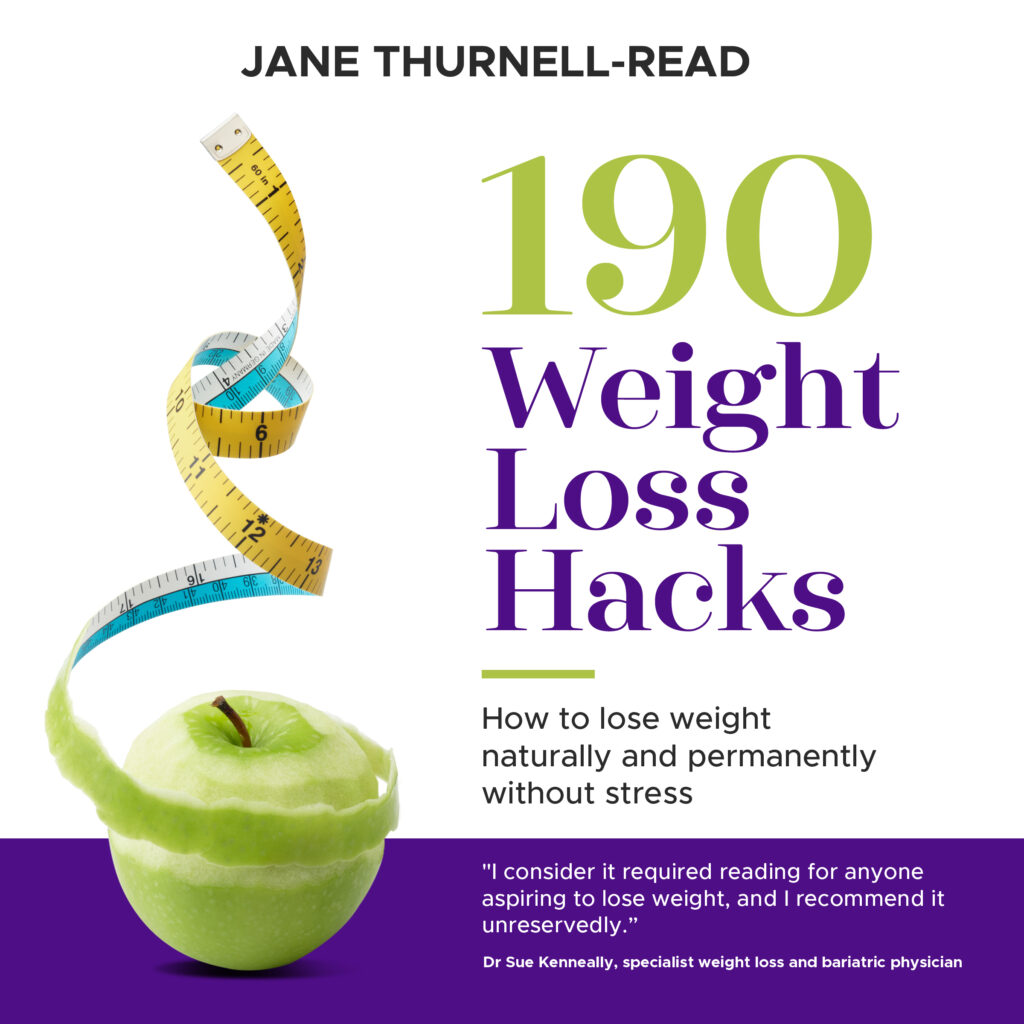
Healthy Ageing
Unlocking the Secrets to Longevity
- Research-based information to give you hope and inspiration
- Simple changes you can make now
- Information you don’t already know
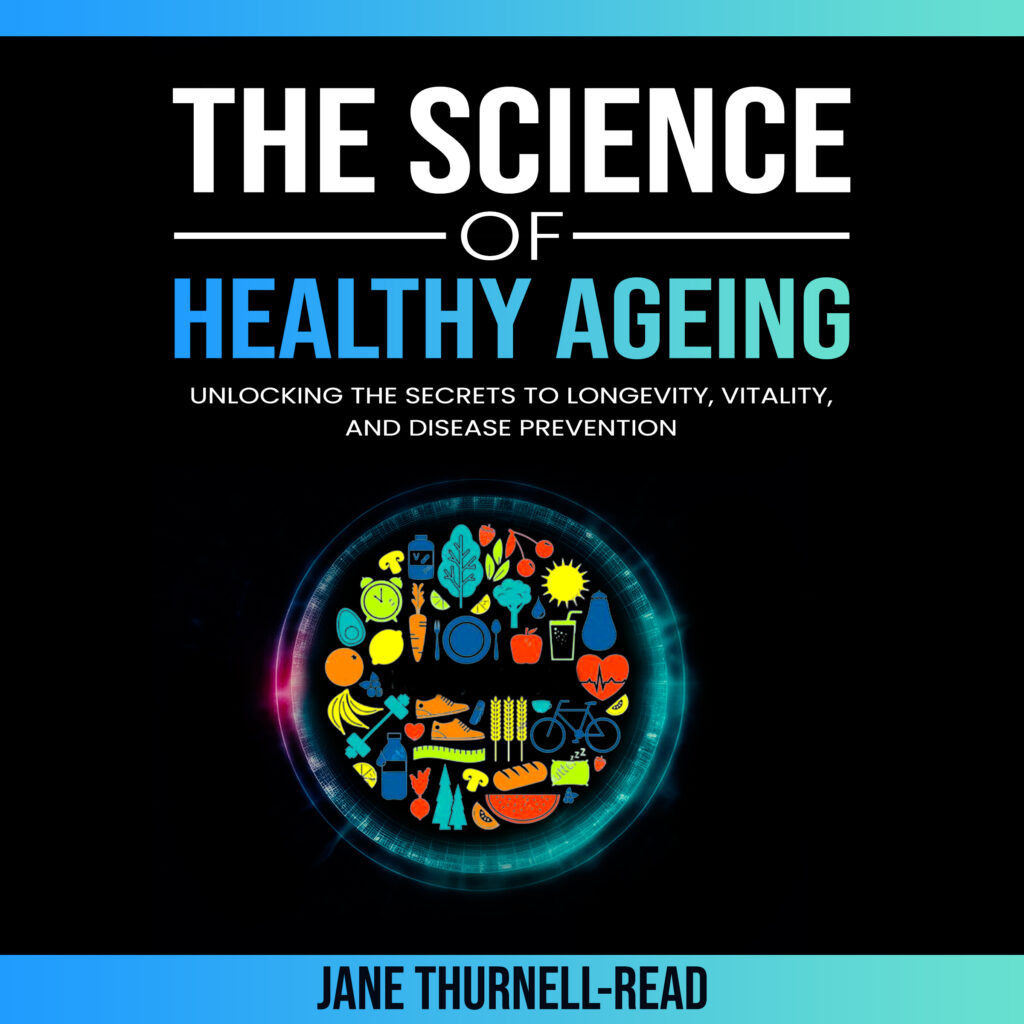
Menopause
Stop Hot Flashes And Lose Weight
- Research-based information you need to move forward
- Get back in control of your health
- Practical proven strategies to love well

-
Will flavonoids make a difference to my health?
Discover the delicious secret to a longer life! New research reveals that tea, berries, dark chocolate, and apples could help reduce the risk of chronic diseases and boost longevity. Find out how flavonoids can transform your health—and why variety matters…
-
Unlock Deep, Restful Sleep Naturally with These 9 Essential Oils
Essential oils can help you sleep better, whether you want to calm your mind, be uplifted or soothed, there is an essential oil for you.
-
The truth about willpower and healthy eating
When you fail to eat healthily, you probably blame your lack of willpower. But is more willpowerwhat you really need?
